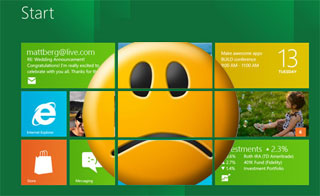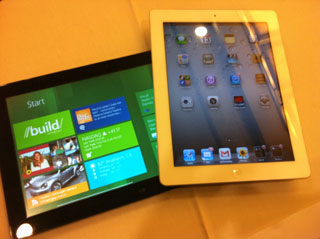 If you’d been alive in 1924 and had enjoyed the comedy stylings of a young Vaudevillian named George Burns, you never would have believed he’d still be packing them in seventy years later. In 1963, you might have dug the music that Mick Jagger and Keith Richards were making, but the idea they’d still be touring almost forty-five years later would have sounded insane. Those of us who watched Dennis Eckersley pitch for the Red Sox in 1978 would have scoffed at the notion that he’d be playing for Beantown once again in 1998.
If you’d been alive in 1924 and had enjoyed the comedy stylings of a young Vaudevillian named George Burns, you never would have believed he’d still be packing them in seventy years later. In 1963, you might have dug the music that Mick Jagger and Keith Richards were making, but the idea they’d still be touring almost forty-five years later would have sounded insane. Those of us who watched Dennis Eckersley pitch for the Red Sox in 1978 would have scoffed at the notion that he’d be playing for Beantown once again in 1998.
And then there’s Windows XP. The press release announcing its release on October 25th 2001 called it “Microsoft’s Best Operating System Ever.” A decade later, so many people still agree with that assessment that it remains the planet’s most pervasive desktop operating system.
Nobody would have been prescient enough to predict that Windows XP would be flourishing so many years after its debut. Not Microsoft. Not consumers and businesses. Not the analysts who get paid to know where technology is going. And certainly not me.
No single factor explains XP’s astonishing longevity. The most obvious one, of course, is the failed launch of 2007’s Windows Vista, an upgrade so lackluster that many PC users simply rejected it, instinctively and intelligently. But I think you also have to give XP credit for being just plain good, especially once Microsoft released Service Pack 2 in 2004. And desktop operating systems, from any company, simply aren’t as exciting as they were in the 1990s; people are less likely to want a new one every couple of years, and more likely to drive the one they’ve got into the ground.



 Who says you can’t teach an old operating system new tricks? For years, Windows was the world’s most annoying piece of software. It would blithely interrupt your work to tell you that there were unused icons on your desktop. Its search feature–even in the Professional version–inexplicably involved a puppy dog. It made paying customers jump through hoops to prove they hadn’t pirated the software, and sometimes accused them of stealing it anyhow. It rebooted itself to install updates when it felt like it, regardless of what you might be doing at the moment. I get irritated just thinking about it.
Who says you can’t teach an old operating system new tricks? For years, Windows was the world’s most annoying piece of software. It would blithely interrupt your work to tell you that there were unused icons on your desktop. Its search feature–even in the Professional version–inexplicably involved a puppy dog. It made paying customers jump through hoops to prove they hadn’t pirated the software, and sometimes accused them of stealing it anyhow. It rebooted itself to install updates when it felt like it, regardless of what you might be doing at the moment. I get irritated just thinking about it.